Retro Replay Review
Gameplay
Grand Ages: Rome places you at the helm of one of five illustrious Roman noble families, tasking you with transforming a modest island governorship into an empire-spanning dominion. The game’s real-time strategy core combines city-building, resource management, and tactical warfare, challenging players to juggle economic expansion with military conquest. From the outset, you must establish a stable food supply, satisfy cultural and spiritual needs, and unlock advancements in a sprawling technology tree that underpins every aspect of your civilization.
(HEY YOU!! We hope you enjoy! We try not to run ads. So basically, this is a very expensive hobby running this site. Please consider joining us for updates, forums, and more. Network w/ us to make some cash or friends while retro gaming, and you can win some free retro games for posting. Okay, carry on 👍)
Economic depth is a hallmark of the gameplay—nearly every action consumes resources, and population happiness hinges on your ability to provide food, entertainment, and religious structures. You can exploit local resources like timber, iron, and stone, or even utilize slave labor to boost production. Monumental buildings such as amphitheaters and temples not only elevate your city’s splendor but also serve as catalysts for increased tax revenue and citizen contentment.
On the military front, Grand Ages: Rome offers 18 distinct land and naval units, ranging from legionaries and archers to triremes and war galleys. Constructing barracks, shipyards, and training grounds is only half the battle—supply lines, unit upkeep, and battlefield tactics all play critical roles in defending your territories from barbarian incursions and rival aristocrats. Strategic positioning, combined arms formations, and timely reinforcements can turn the tide of any engagement.
The campaign unfolds across more than 40 non-linear missions, whisking you from the misty shores of Britannia to the sun-baked pyramids of Egypt. Each scenario rewards different approaches: diplomacy, economic outposts, or outright military force. Moreover, multiplayer modes let you team up or clash with friends in both cooperative and competitive settings, extending replayability well beyond the single-player roadmap.
Graphics
Visually, Grand Ages: Rome stands out with its meticulous attention to architectural authenticity. Every villa, forum, and aqueduct is rendered with crisp textures and realistic proportions, immersing players in a living, breathing Roman world. Zooming in reveals individual citizens milling about markets, while zooming out showcases sweeping landscapes dotted with settlements, forts, and farmlands.
The dynamic environmental effects—such as changing weather patterns and day-night cycles—lend an additional layer of atmosphere. Sunlit columns cast long shadows across marble courtyards, and flickering torchlight brings nighttime scenes to life. Naval battles feel especially cinematic, with rolling waves and billowing sails sharply detailed on both friendly and enemy vessels.
User interface elements are cleanly integrated, employing Roman-inspired motifs without obscuring vital information. Resource icons, unit selection panels, and mini-maps remain intuitively accessible, even during the heat of large-scale engagements. While the UI maintains historical flair, its clarity ensures that newcomers to the genre can quickly learn the ropes.
On modern hardware, the game runs smoothly at high resolutions, though very large settlements or massive troop deployments may tax mid-range systems. Developers have included numerous graphics options—from texture quality to shadow detail—allowing players to balance visual fidelity with performance. Overall, the visual design reinforces the game’s strategic depth and historical setting.
Story
Though Grand Ages: Rome is primarily a strategy sandbox, it weaves a compelling narrative through its campaign missions. You begin as an untested governor on a small island, tasked with proving your worth to the Senate. As you expand, alliances are forged and broken, betrayals abound, and the specter of civil war looms over the Republic.
The storyline threads historical events—such as the conquest of Gaul and the campaigns in North Africa—into your personal journey. Each mission’s objectives are framed by briefings that contextualize your participation in major military and political milestones. Importantly, the non-linear mission structure means that your choices can diverge from textbook history, granting a sense of agency and replay potential.
Character interactions, though not as deep as in role-playing titles, provide enough color to keep objectives meaningful. Governors, senators, and rival family members communicate through succinct dialogues that underscore stakes and rewards. The balance between scripted events and open-ended strategy ensures that the story underpins rather than constrains your empire-building ambitions.
Multiplayer narratives emerge organically as well. Whether coordinating a joint campaign against AI barbarians or outmaneuvering human opponents for scarce resources, the emergent stories of triumph and defeat add a social dimension to the historical canvas. In sum, the plot may play second fiddle to gameplay, but its historical flavor and strategic branching enrich the overall experience.
Overall Experience
Grand Ages: Rome offers a robust strategy experience for fans of historical city-builders and real-time tactics alike. Its blend of detailed economic simulation, technology progression, and tactical warfare delivers a rewarding learning curve. Early setbacks—such as food shortages or barbarian raids—teach valuable lessons about balancing civilian welfare with military readiness.
The game’s depth is both its greatest strength and occasional hurdle. Newcomers might find the resource micromanagement and sprawling tech tree daunting initially, but comprehensive tutorials and gradual introduction of mechanics smooth the ramp-up. For seasoned strategists, however, mastering the interlocking systems of production chains, civic happiness, and battlefield maneuvering becomes deeply satisfying.
Replayability is high, thanks to the non-linear campaign paths, multiplayer variety, and the freedom to pursue different playstyles—diplomatic, commercial, or belligerent. The ability to shape your own version of Roman ascendancy, whether through cooperative triumph or cutthroat conquest, ensures that no two campaigns feel identical.
In conclusion, Grand Ages: Rome stands as a testament to meticulous design and historical passion. With its gorgeous visuals, layered gameplay, and engaging campaign, it caters to strategic minds seeking both depth and authenticity. Whether you aspire to relive Rome’s greatest glories or carve out an alternate imperial fate, this title delivers an immersive journey through antiquity.
 Retro Replay Retro Replay gaming reviews, news, emulation, geek stuff and more!
Retro Replay Retro Replay gaming reviews, news, emulation, geek stuff and more!
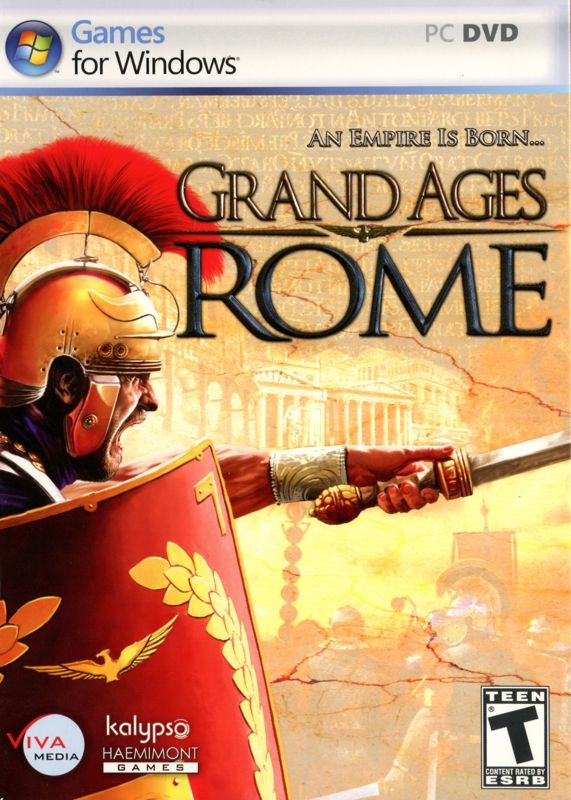
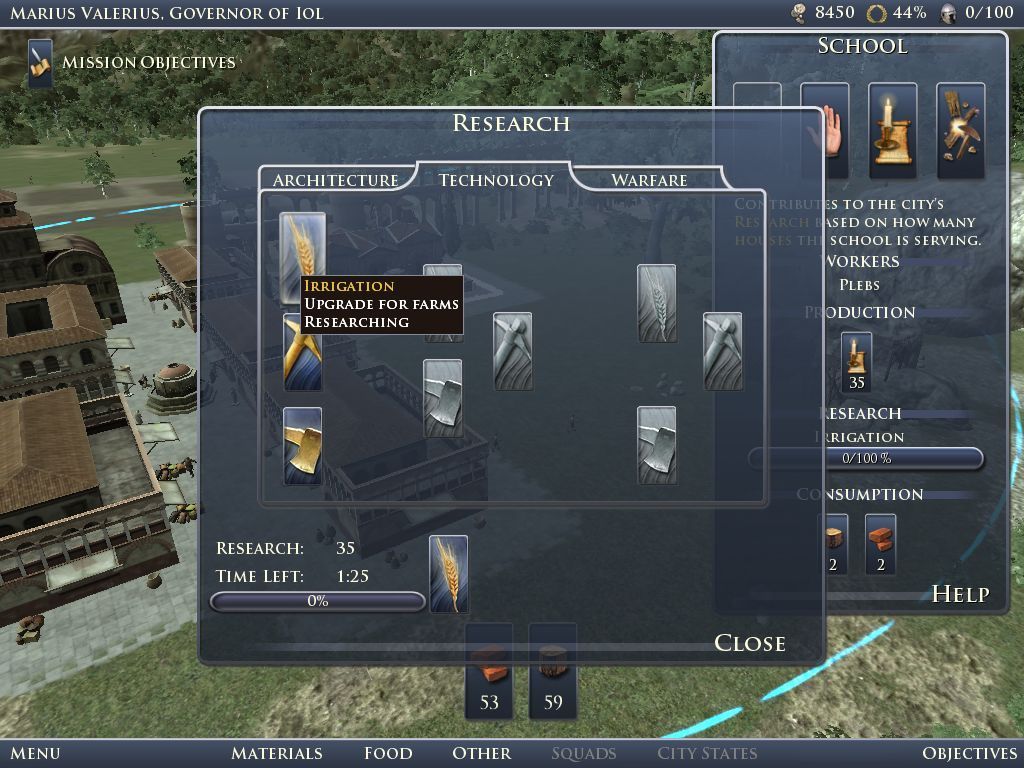
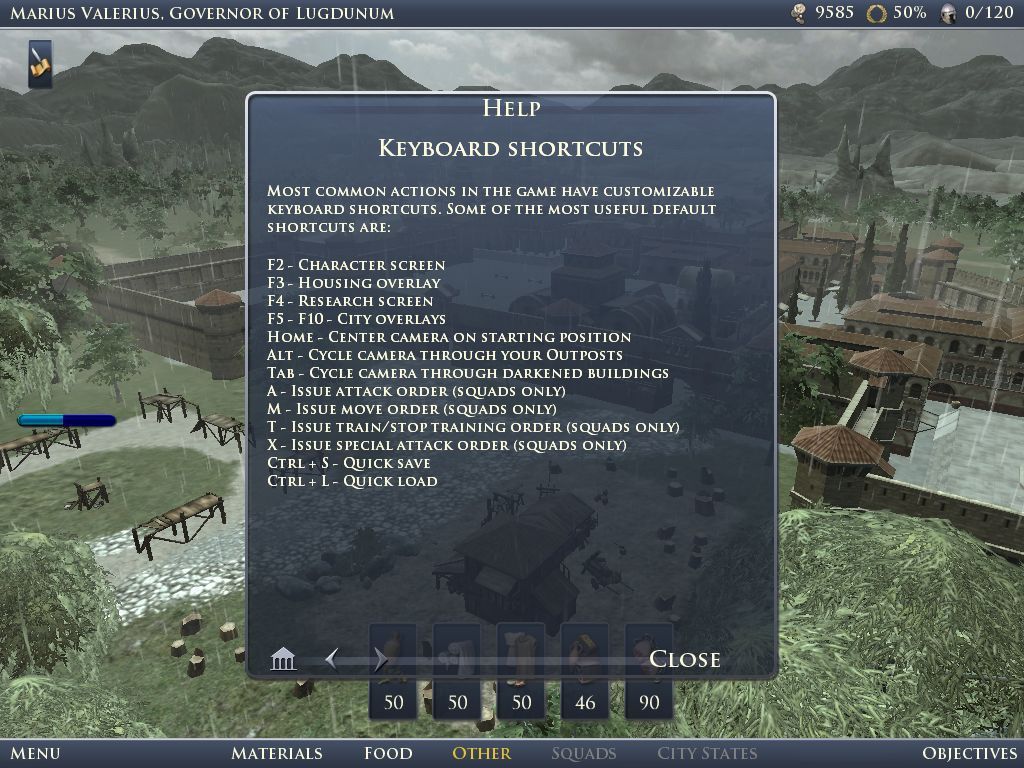
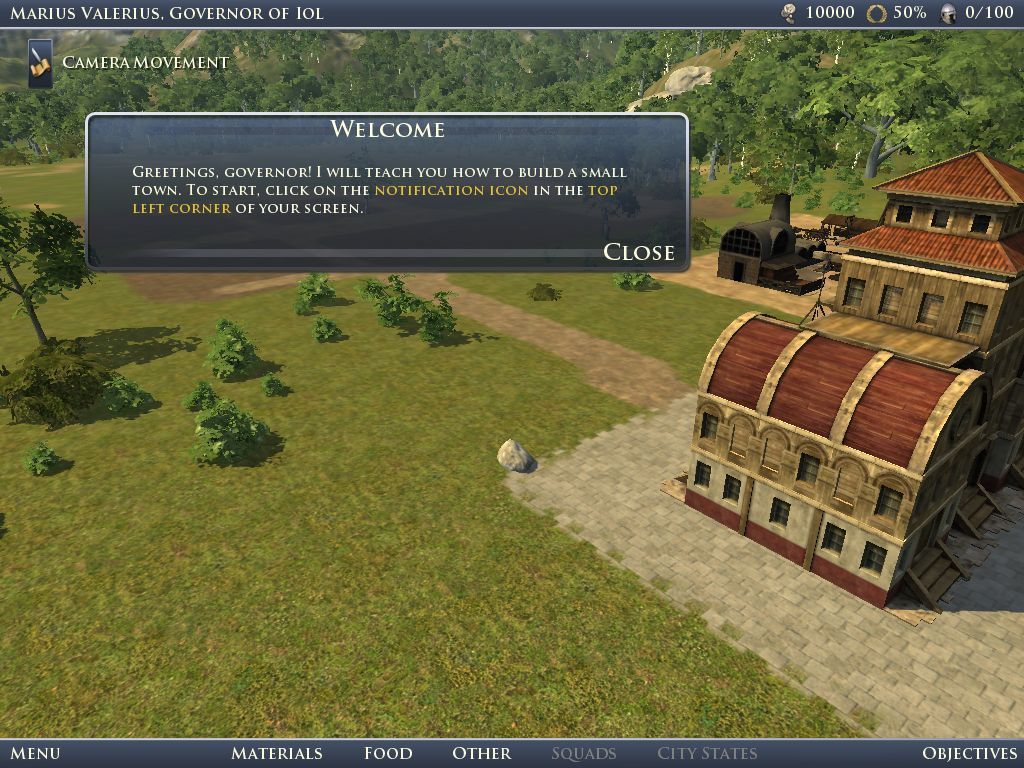
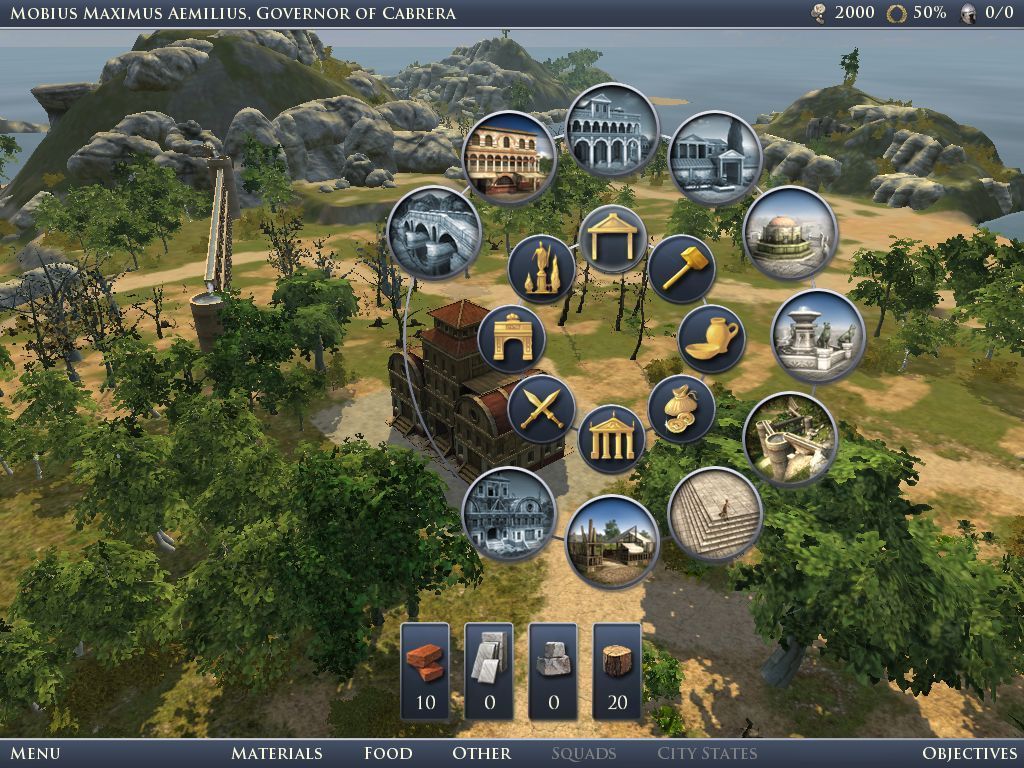
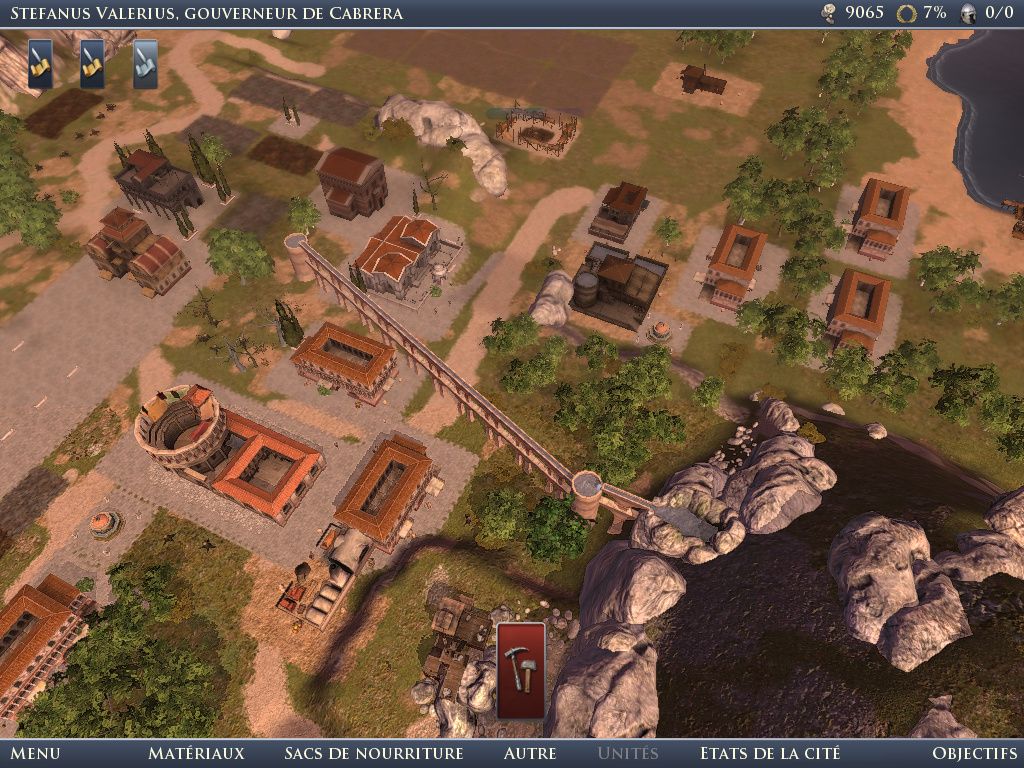



Reviews
There are no reviews yet.